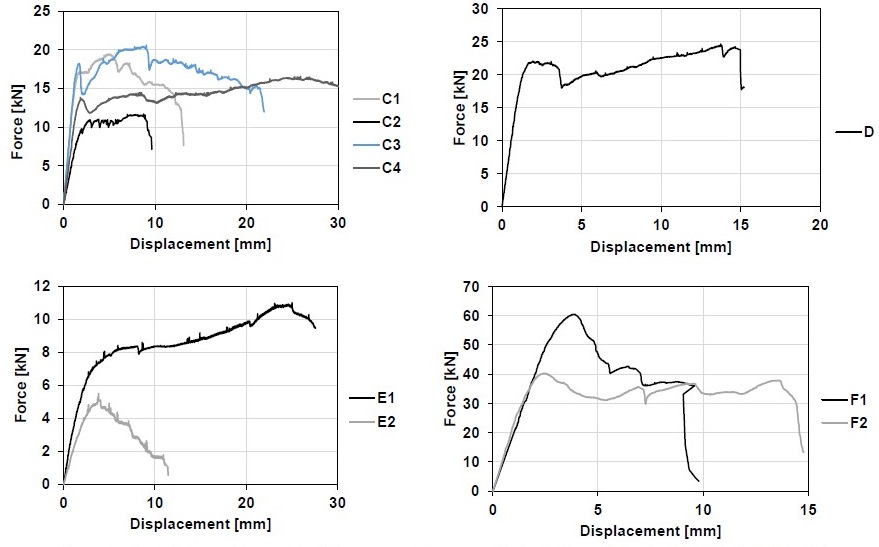Evolution of Floor Construction System in Beirut (1840-1940)
Abstract
This article is going to deal with the evolution of floor structural systems; traditional structural systems during the late Ottoman period and the concrete structural systems during the French mandate period in Beirut. Beyond this, natural constraint timber materials used in the late nineteenth century and the available concrete materials used in the early twentieth century can direct influence the evolution of the floor structural systems which became an integral part of architectural design and typology. Structural principles of traditional floor construction techniques will be characterized and assessed in eight case studies tracing its structural systems in terms of their evolution. The subject matter will be approached in a descriptive manner for floor structural systems and the determination of mechanical properties of timber.
References
CEN, EN 338. (2008). Structural timber - Strength classes. 1995, Comité Européen de Normalisation.Leckie, J.
CEN, EN 408. (2003). Timber structures - Structural timber and glue laminated timber - Determination of some physical and mechanical properties. Comité Européen de Normalisation.
CEN, EN ISO 15630-1. (2010). Steel for the reinforcement and prestressing of concrete - Test methods - Part 1: Reinforcing bars, wire rod and wire.
CEN, EN ISO 6892-1. (2009). Metallic materials — Tensile testing - Part 1: Method of test at ambient temperature.
De Perthuis (1853). Voyages en Orient, Journal de la Comtesse de Perthuis, 1853-1855 & 1860-1862. Beirut: Dar An-Nahar, 2007. ISBN 10: 9953741328.
Fischfisch, A. (2011). Formes urbaines et architecturales de Beyrouth (Depuis le XIXe Siècle jusqu’à nos jours). Beirut, Lebanon: ALBA. ISBN-13: 9789953452364.
Leckie, J. (2008). Steel and Other Material Part Two: Steel and Wood. Advantage Steel, 8-10. https://doi.org/10.14288/1.0166422
Paricio, I. (1986). La construcción de la arquitectura. Los elementos. Barcelona: Institut de Tecnología de la Construcció.
Ragette, F. (1998). Architecture in Lebanon. New York. ISBN-13: 9780882060414.
Ragette, F. (2006). Traditional Domestic Architecture of the Arab Region. AUS. ISBN-13:978-3-932565-30-4.
Saliba, R. (1998). Beirut 1920-1940: Domestic Architecture Between Tradition and Modernity. Beirut, Lebanon: The Order of Engineers and Architects. ISBN-13: 978-9990000054.
Saliba, R. (2004). The Genenis of Modern Architecture in Beirut, 1840-1940. In J. Abed (Ed.), Architecture Re-introduced: New Projects in Societies in Change (pp. 23-39). Beirut, Lebanon: THE AGA KHAN AWARD FOR ARCHITECTURE.
Salibi, K. (1988). A House of Many Mansions: The History of Lebanon Reconsidered (1st ed.). California, USA: University of California Press. ISBN13: 9780520071964.
Sehnaoui, N. (1981). L’occidentalisation de la vie quotidienne à Beyrouth: 1860 – 1914. M.A. Thesis: (University of Paris).


This work is licensed under a Creative Commons Attribution 4.0 International License.
Copyright for this article is retained by the author(s), with first publication rights granted to the journal.
This is an open-access article distributed under the terms and conditions of the Creative Commons Attribution license (http://creativecommons.org/licenses/by/4.0/).








1.png)














